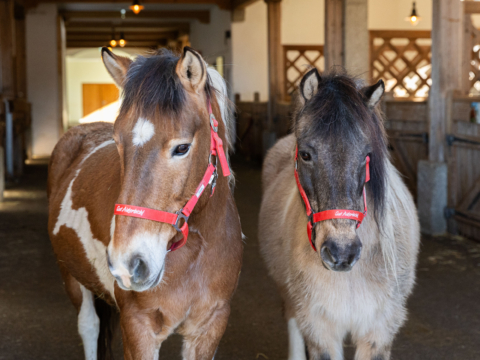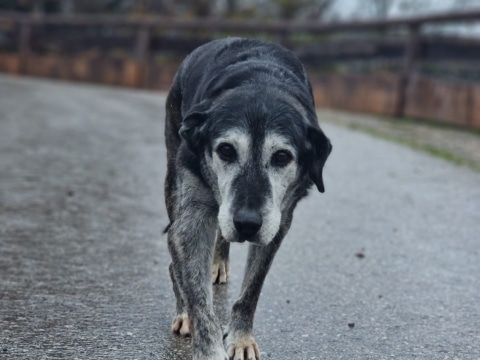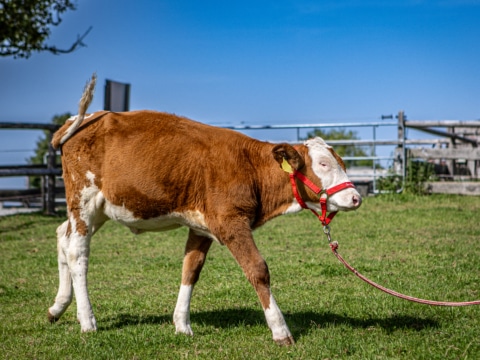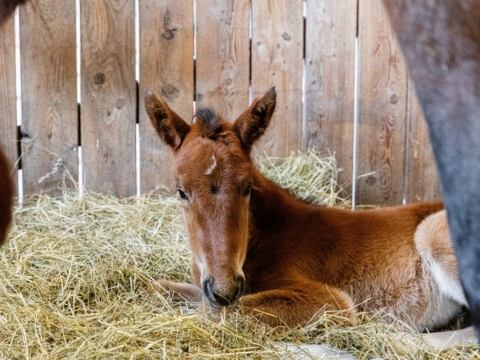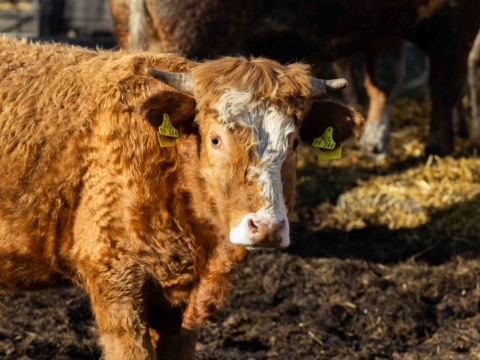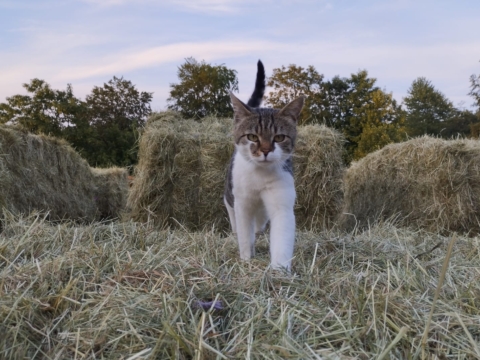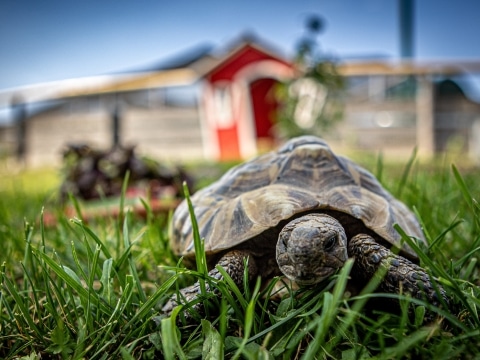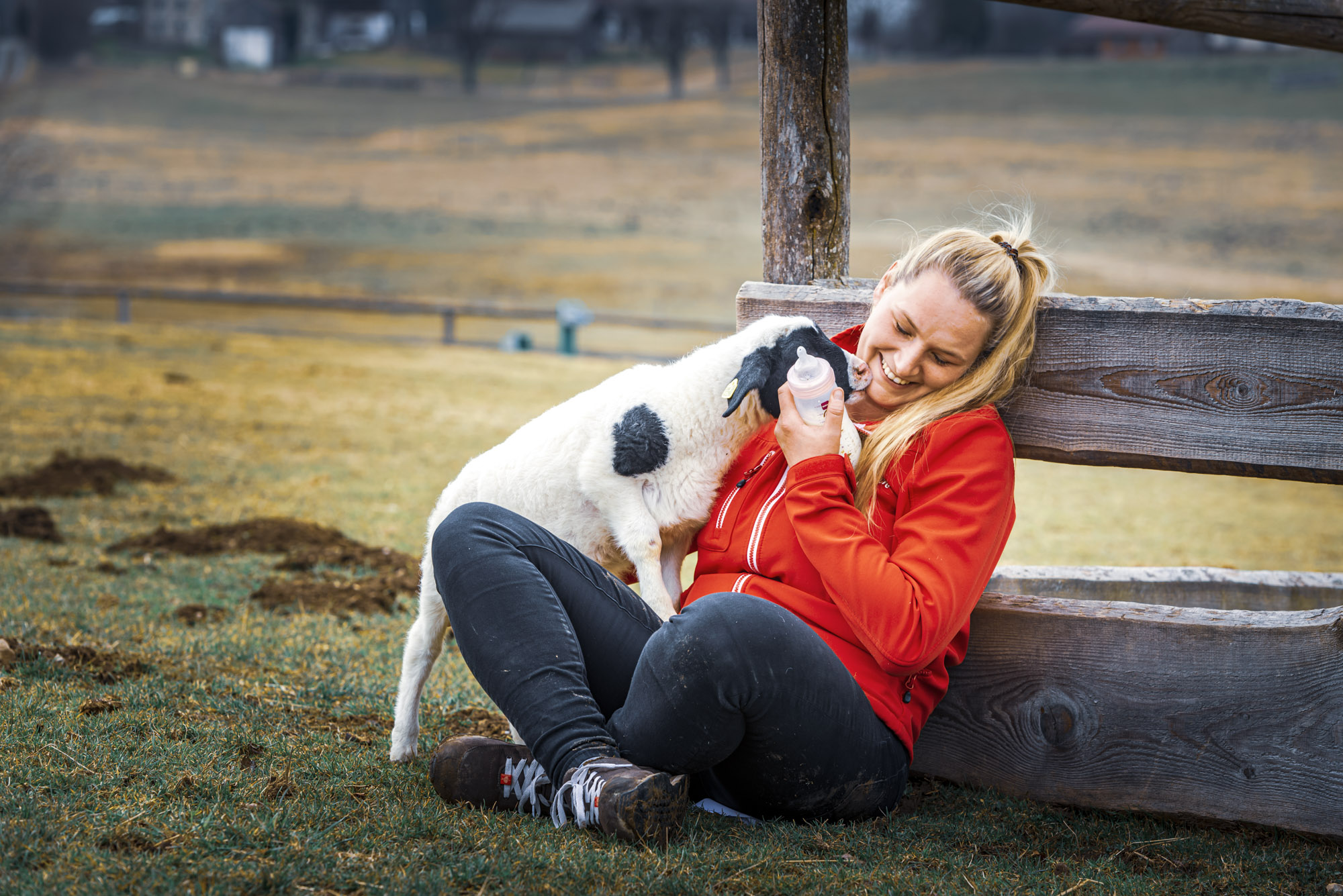
World Horse Day
The fascination of horses
From the perspective of an Aiderbichler
(written by Gisela Pschenitschnig)
Two thousand years ago, the Greeks realised that riders and horses could only survive in battle if they worked together completely. Dressage was then developed as a method of training horses for war. At the Olympic Games of antiquity, there were already chariot races, which were a daring and exciting spectacle. The art of riding fell into oblivion and did not experience a revival until the Renaissance. Dressage reached its peak with the founding of the world-famous Spanish Riding School in Vienna in 1729, which laid the foundations for the modern discipline.
Horses fascinate people because there is something mysterious about them. Horses are sometimes scary – simply because they look down on people so tall and lofty. Horses are friends who can read our minds and trust us.
Horses are masters at recognising people
The four-legged friends are able to distinguish a stranger from a familiar person based on smell, appearance or the sound of their voice alone.
The horse says “hello” with a deep, joyful growl. Sniffing the back of the hand is a kind of handshake.
Horses love being stroked and having their necks rubbed. It relaxes the muscles, the horses slowly close their eyes and surrender to the pleasure of this caress. Total relaxation is achieved when the nostrils open and warm breath touches the human’s face. This is an intimate bond that you can experience as a human when the horse feels trust.


Conditions for the slaughter of a horse
Anna-Carina, a five-year-old mare, should have been taken to the abattoir. The horse dealer brought her to Gut Aiderbichl in Henndorf. It was assumed that Anna-Carina was pregnant, and in the end she was. The perfectly healthy, beautiful Palmina was born on the night of Palm Sunday. If the mare had been killed at the slaughterhouse, the foal would have died at the same moment.
A horse’s life is not only characterised by love and trust and leisurely rides in the countryside. How its life should end is already laid down in the Eqiuden Pass. By law, horses are considered fit for slaughter. An animal listed as a slaughter horse may not be given certain medications. Especially those that are transferred from human medicine to animal treatment.
If a horse no longer performs as it should, it may be driven to the slaughterhouse at any time if the corresponding entry appears in the equine passport. Slaughter is justified by law and the meat may be processed into food after slaughter. If the equine passport does not indicate that the horse may be slaughtered, the owner must continue to care for it in old age and provide it with species-appropriate care. It may only be killed if it is in pain and suffering.


The suffering of horses on the slaughter lorry
Horse transports start in the Netherlands, for example, and take the animals to Romania, Italy, etc. for slaughter. It happens time and again that overloaded horse transports are caught due to an inspection of lorries.
When inspecting the transporters, the same scenario occurs again and again: there are too many animals on the transporter, many of them are injured and there is a lack of water. Fortunately, such transporters are confiscated.
Horses that are lorried from A to B on the roads for up to 60 hours suffer endlessly. The horses are exhausted, their nutritional condition is miserable, they have injuries to their legs – they are: health problems and broken souls.
How do horses that face a long, harrowing journey to the slaughterhouse feel? Studies show that the cramped conditions, noise and vibrations of the vehicle are extremely stressful for the horses. The psychological problems are compounded by physical, extreme exhaustion and, in the very worst cases, death even before the animals are driven out of the transporter at the slaughterhouse.


EU directives, legal requirement of 8 hours travelling time in livestock transport – can that be enough to avoid being called an animal abuser?
There are generally two types of animal cruelty: neglect and wilful cruelty (passive and active violence). Both types can cause immense suffering for the animals and lead to death. Animal transport is probably the worst type of active cruelty.
It is the anonymity of the animal victims that deafens us to their cries.
– Luise Rinser
Ohren zuhalten bringt nichts. We should hear the cries of the animals and stop them. Give the animals a voice – we must never stop. Yours sincerely, Gisela
